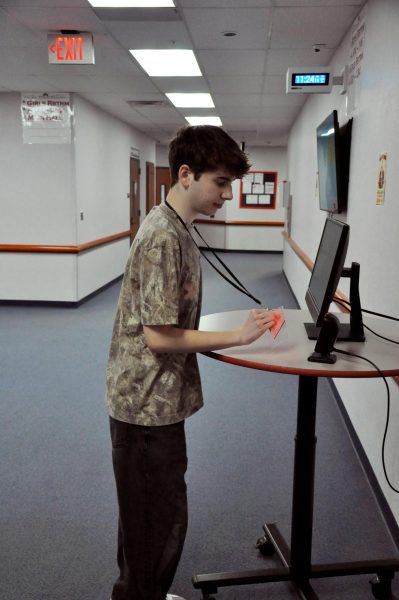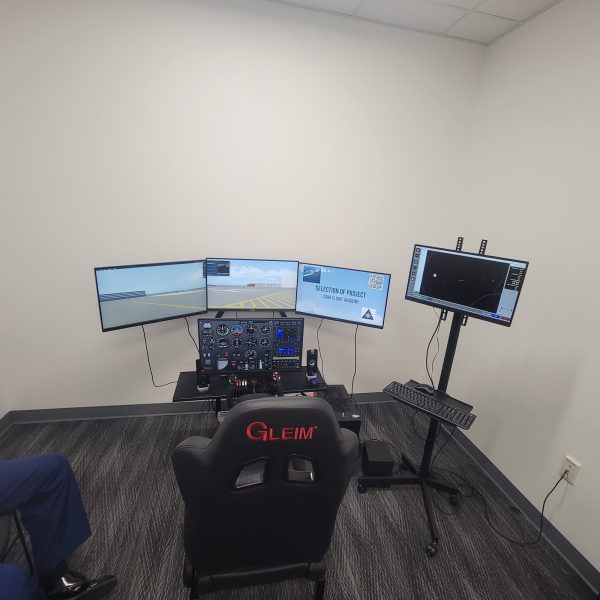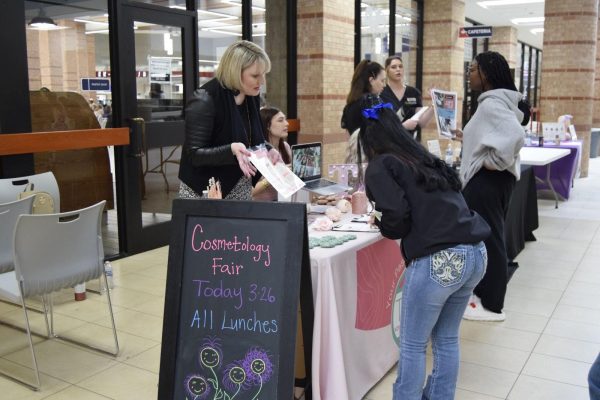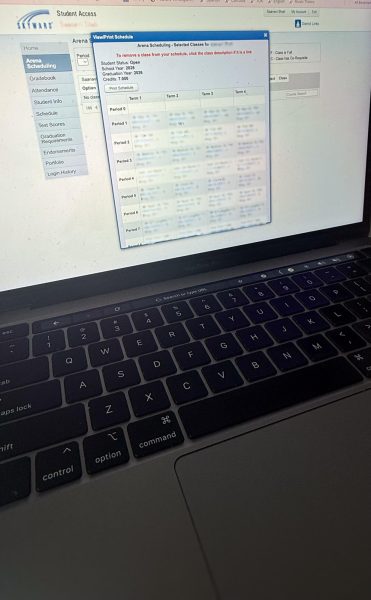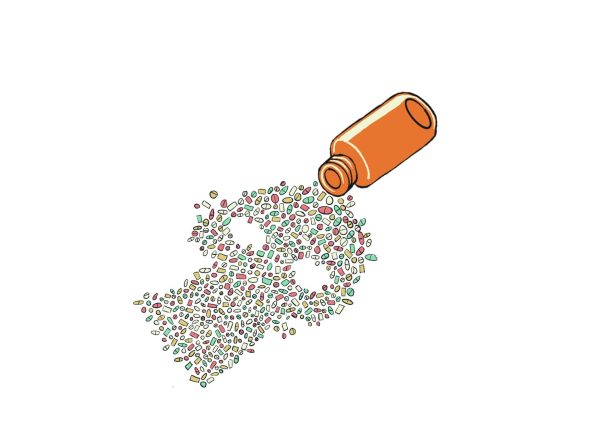Neurodiversity
Being a neurodivergent teen in a world full of neurotypicals can be like being on a surfboard during a tsunami. No matter how bad of a mental health day it is, the expectation to perform to the highest extent may still be there.
The definition of neurodivergent is the neurological function differing from what is considered typical or the variations in the human brain and cognition, including, but not limited to, sociability, mood and
attention, according to the Oxford English Dictionary.
As different industries, spaces and groups make efforts of inclusivity, some people are misguided in their attempts to support their neurodivergent peers.
“I feel like a lot of people will think they must have anxiety because sometimes they feel nervous but they don’t realize it’s a constant everyday struggle that interferes with how you live your day to day life,” senior Logan Powers said.
Using mental health terms and diagnosis names in a lax manner or as adjectives in everyday conversations can reduce the legitimacy of the terms and can make the conditions look less serious.
“It makes me [ask] ‘do I really have anxiety?’ or is it even a big deal if so many people I know have it,” Powers said. “And [it’s the] same with depression, so when people say they have it doesn’t mean I’m any different.”
The diagnosis process takes a patient’s mental health professional to recognize the symptoms, speak with the patient and possibly conduct some tests for diagnosis. United States history teacher Catie Quirk has personal experience with the diagnosis process as a neurodivergent person with a neurodivergent daughter.
“So if you’re assigned female at birth, [or AFAB,] figuring out if that person has autism is the hardest thing ever because they do what’s called masking,” Quirk said. “They’ll put on a mask of someone else that day and they’ll do that all day and then when they get home they’re themselves which is not always the same as the masks they wore that day.”
Masking is when an autistic person mimics the behavior of neurotypicals. This can include forcing eye contact, rehearsing responses or mimicking facial expressions. Masking is used as a social survival tool and is common in any autistic person, according to Healthline. People assigned male at birth are four times more likely to get diagnosed with autism and three times more likely to get diagnosed with attention-deficit/hyperactive disorder because the symptoms manifest externally, according to the Center of Disease Control and Prevention.
“My daughter was diagnosed with autism and ADHD, but not until she was almost in sixth grade,” Quirk said. “She had a very difficult time at school but no one could figure out why. And a lot of kids, especially boys, do behaviors like head banging, and she had those behaviors at home mostly, but now at school she started to exhibit them.”
For AFAB people, the symptoms are typically just inattentive and not behavioral, according to the National Health Service.. This could be forgetfulness, inability to follow instructions and daydreaming. However AMAB symptoms are both hyperactive and inattentive, which is easier to see externalized, including running around, impatience and interrupting conversations, according to the National Health Service.
“So then their [AFAB people] brain kind of meshes and they get angry, and it’s frustrating, but for some reason, people assigned male at birth just exhibit all behaviors immediately,” Quirk said.
School districts and campuses aim to help out by leveling out the playing field for students by giving accommodations.
“I have test anxiety, so I get accommodations for extra time on tests because having a time limit like causes me stress,” Powers said. “I also have a note accommodation because if I’m taking notes in class or teachers talking, I’m so stressed on trying to make sure I’m right on everything that I can’t listen to what’s being taught.”
There’s two ways for students to be placed in special education, either through a student intervention team meeting, also known as SIT, or after having a 504 plan that may
not currently adequately meet their needs. The evaluation process includes cognitive and achievement testing, and if necessary, psychological testing. Once placed in special education, students can receive supplementary accommodations, according to Special Education Counselor Jeri Bergere.
“What happened to a lot of students in second grade, they sat outside the room and the teacher times them, had them read and they weren’t as fast or as good as everybody else,” said Jerry Fulton, English II co-teacher and special education case monitor. “And next thing you know, they’re special education, kids make fun of them and they feel stupid, so they don’t try and they’re behind. I work with them to lift them up and a lot of them are more confident and do better. And that’s with every kid, everything is different. [It] isn’t bad, different is different.”
Neurodivergent people also may find each other and bond over experiences that their neurotypical peers may not relate to.
“I tend to just meet other people who happen to be neurodivergent,” Powers said. “So I think it’s just personality wise, we somehow find a way to find each other.”

"This year marks my sixth year of journalism and I'm absolutely ecstatic to be EIC this year. I love seeing the staff become more confident as both writers...


